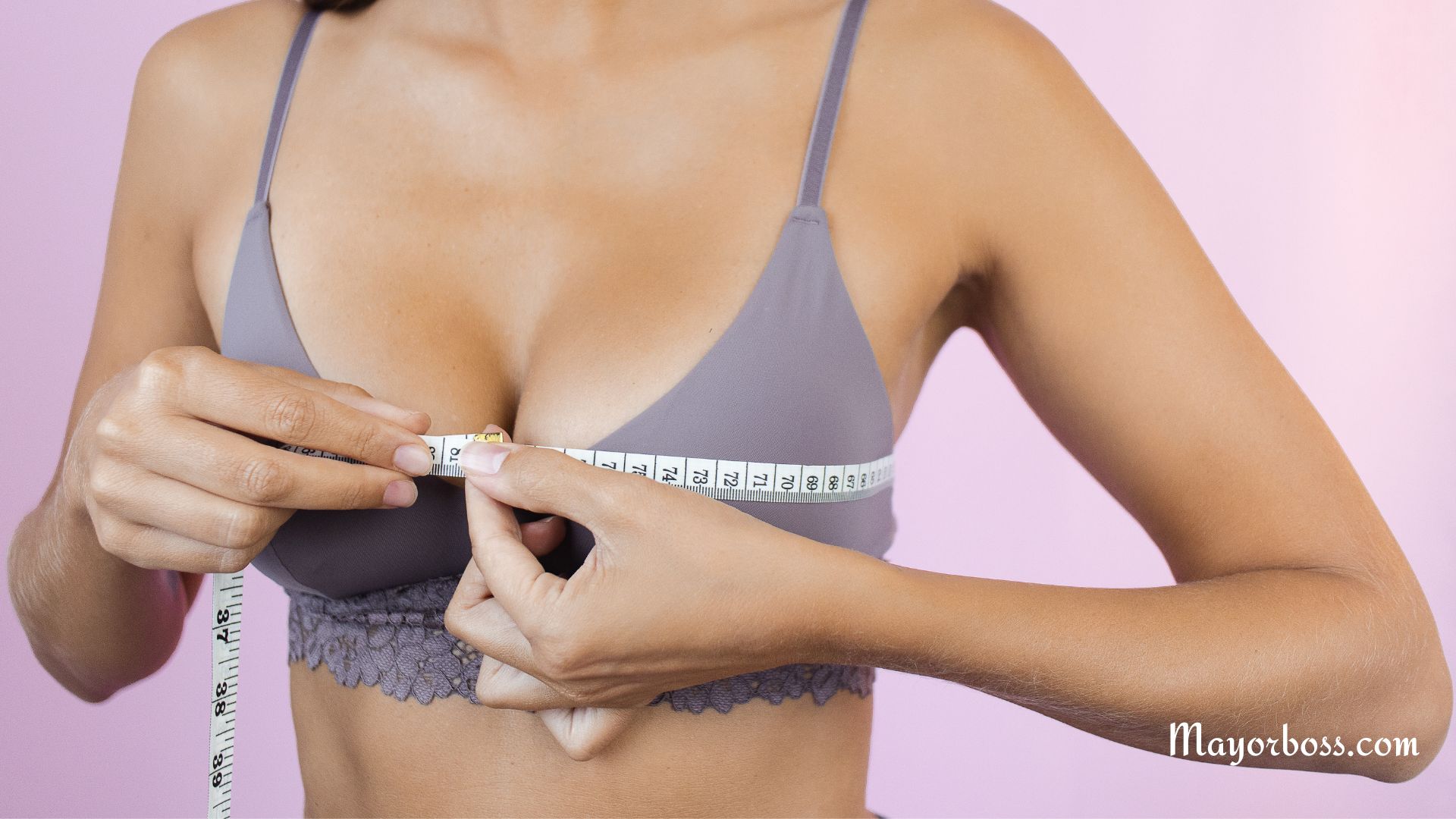Signs You’re Wearing the Wrong Bra
Wearing the right bra is crucial for comfort, support, and overall health, yet many people often overlook the importance of finding the perfect fit. The wrong bra can lead to discomfort, pain, and even long-term health issues. So, how do you know if you’re wearing the wrong one? Here are some telltale signs.

Straps Digging In or Falling Off
If your bra straps are constantly digging into your shoulders, it’s a clear sign that they’re carrying too much weight. This usually means the band isn’t providing enough support. On the other hand, straps that consistently fall off may indicate that your bra is too big or needs adjustment.
Band Riding Up
The band of your bra should fit snugly around your torso. If it rides up your back, it’s likely too big. A well-fitted band stays in place and provides most of the support, not the straps.
Cups Spilling or Gapping
Properly fitting cups are essential. If your breasts spill out of the cups, they’re too small. Conversely, if there’s gaping or your breasts don’t fill the cups completely, they’re too big. Either way, you’re not getting the right support.
Skin Irritation and Marks
A bra that doesn’t fit well can rub against your skin, causing irritation or even marks. This is often seen with bands and straps that are too tight. The skin should not be marked or irritated after wearing a bra.
Pain in the Neck, Shoulders, or Back
Wearing the wrong bra size can contribute to pain in your neck, shoulders, or back. This typically happens when the bra fails to provide adequate support, forcing your body to compensate.
Breast Pain
Breast pain can often be a sign that your bra isn’t fitting correctly. When a bra is too tight, it puts undue pressure on your breasts, which can lead to discomfort.
Similarly, if the bra is too loose, lack of support can cause pain, especially for people with larger breasts. Breast pain due to an ill-fitting bra is usually relieved once you take it off or switch to a better-fitting one.
Nipple Pain
Nipple pain or discomfort can also indicate a poorly fitting bra. This can occur if the bra’s fabric is too rough, if the cups are too small, causing excessive pressure, or if there’s too much friction due to movement. The right bra should have cups that fully encompass the breast without putting pressure on the nipples.
Additionally, for activities that involve more movement, like exercise, wearing a sports bra with adequate support can help prevent nipple pain.
Lack of Support
A key role of a bra is to provide support, particularly for those with larger breasts. If you feel your bra isn’t offering enough support, it’s likely not the right fit or style for your body.
Altered Silhouette
A well-fitting bra not only feels comfortable but also enhances your silhouette. If your bra causes your bust to look uneven or doesn’t complement your shape, it’s time for a change.
Difficulty in Breathing
If a bra is too tight around the band, it can restrict your breathing. This is a major sign that you need a larger band size.
Frequent Adjustments
If you constantly need to adjust your bra throughout the day, it’s a clear indication that it’s not the right fit. A good bra should stay in place without needing frequent adjustments.
Remember, finding the right bra involves more than just measuring your size; it’s about understanding how a bra should fit and feel. Regularly check your fit, as your size can change due to factors like weight fluctuations, hormonal changes, or aging.
And most importantly, always choose comfort and support over style. When in doubt, seeking advice from a specialist in a lingerie store can be a great help, as they usually have the experience to guide you toward the best fit for your body.
Further Reading: Bra Size Calculator: Find Your Perfect Fit
